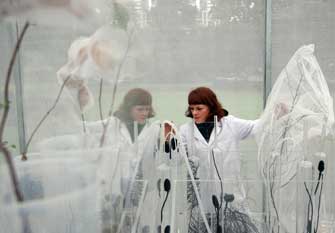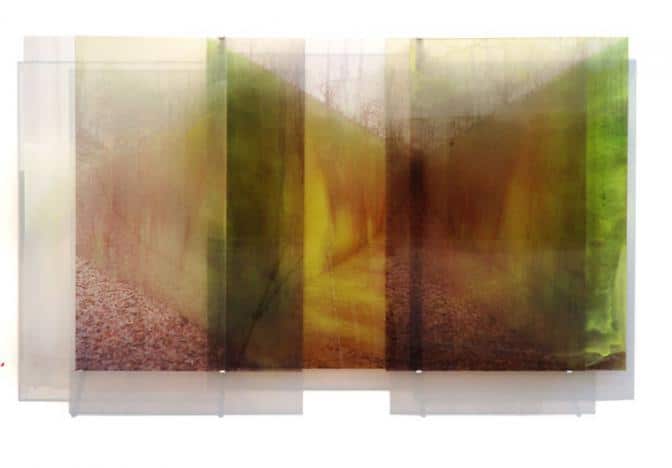Earth Canvas Artists
The Earth Canvas project invited contemporary artists to work on regenerative farms between the Murray and Murrumbidgee rivers in southern New South Wales. The project aimed to link the artists’ perspective on the land with the farmers’ management of the land. What was revealed was a mutual creativity of approach and deep empathy with the landscape.
This exhibition explores the experiences of both the regenerative farmer and the artist, their respective engagement with the land and their vision for a healthier world.
The artists and farms involved in the Earth Canvas project are:
- Rosalind Atkins, working with the Wearn Family at Yammacoona, Little Billabong
- Jenny Bell, working with the Coughlan family at Mount Narra Narra, Holbrook
- Jo Davenport, working with the Austin Family at Mundarlo, Mundarlo
- Janet Laurence, working with Rebecca Gorman and family at Yabtree West, Mundarlo
- Idris Murphy, working with the Coghlan family at Eurimbla, Gerogery
- John Wolseley, working with Gillian Sanbrook at Bibbaringa, Bowna
- Tony Nott art photographer for Earth Canvas project
The artists were asked to create a body of artworks to express their experience of a regenerative farm. It was hoped the experience would encourage land managers and food consumers and agencies to see the landscape in a more empathic way, and thereby help to create a healthier world.
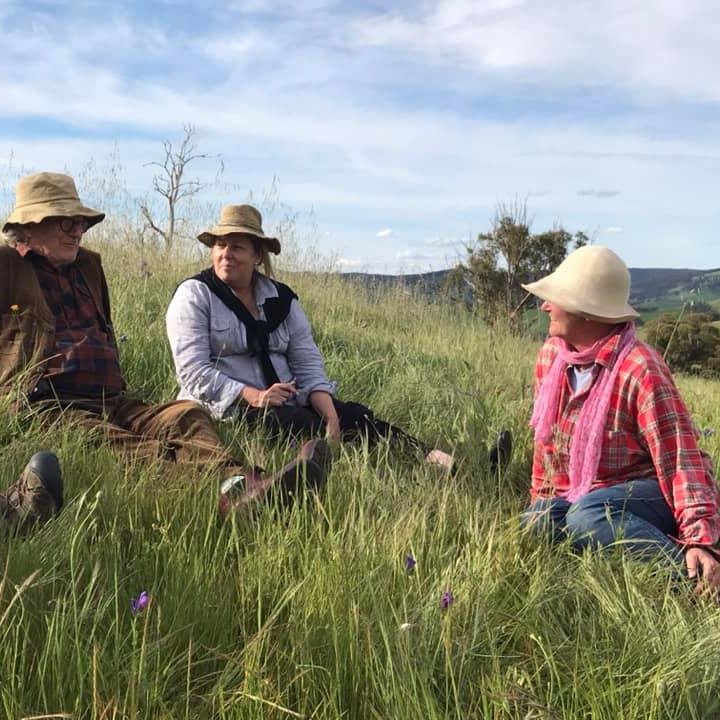
A letter by John Wolseley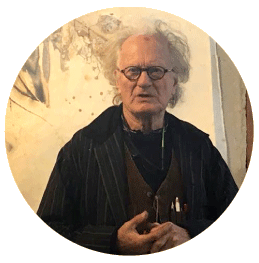
I fully support the artists and farmers initiative Earth Canvas. This important visual art project brings together a diverse range of artists and primary producers to share their unique insights into the natural systems which make up the farmed and managed landscapes around the Albury and Upper Murray region.
The aims of Earth Canvas are to reflect on knowledge, beliefs and observations from different cultural viewpoints in the context of the natural environment under challenging climatic conditions. Artists by their training are able to visualize elements of the environment which are not necessarily obvious to farmers and land holders who are often looking from a different point of view. Just as a conventional single-point-perspective landscape painting runs the risk of missing the nuances and complexities of the natural systems it depicts so too can conventional farming methods sometimes have the effect of ‘dumbing down’ the environment. ln order to understand the complex interactions of soil, water and vegetation both farmers and artists need to.look closely at the underlying dynamic systems at work in the landscape. Where farmers have been able to re-vitalize and rehydrate the landscape by paying attention to these elements the results have been both beneficial to the environment and to their food production business.
My interest in this project is very much inspired by my learning of the extent to which so many different cultures have learnt to understand and see the nature of their landscapes through the vision of painters and writers. A brilliant example of how this can happen is described by Mary Louise Pratt in her book ‘lmperial Eyes’, where she recounts how it was Alexander von Humboldt who in the drawings and researches he did all over South America really revealed the nature of the land to its citizens, and to the rest of the world.The recent show at the Ballarat Art gallery of Eugene von Gerard’s paintings and sketchbooks showed in the most detailed manner the conflicted nature of the landscape and agricultural processes of those first settlers in the Western District. And in our own; times how often do we hear people say how Fred Mlliams taught us to really see our own land in a new way. My feeling about this Earth Canvas project is that it could very much do all those kind of things for the people of the Riverina. What makes it all especially fine in my opinion is that the artists will be collaborating with some very special farmers, and this will compound the creative effectiveness of the whole project.
The outcome of Earth Canvas will be an educationally and aesthetically rich art exhibition and catalogue which will increase understandings about the diversity and complexity of land, environment and food production. In an era of climate change and habitat reduction this matters more than ever.
Artist statement by Jo Davenport
Sometimes I think my work is more about painting than anything else. In my work I struggle to find that ineffable response that the sublime nature of landscape creates within. The fleeting moments of unlimited rapture. It is these moments I want to capture in paint. My work is not traditional landscape but more concerned with the feeling you get in a transient moment. To express the allure of that moment and intern connect the art and the viewer. I am interested in the space between the painted surface and the viewer, and how to load that connection.
My work doesn’t deliberate on protest but focus on the connections with landscape and the environment that surrounds me. To be still and know what it is that I am looking at.
I mainly work with oil and Belgium linen but also love to work with paper.
Letter of Support for Earth Canvas
My art practice is predominantly concerned with the language of paint and painting. The experience of Earth Canvas will be devoted to gaining a better understanding and appreciation of our farming land and the use of Regenerative Agriculture. I hope to discover how regenerative agriculture farming effects the land and river system of the Murray and the Murrumbidgee rivers in southern NSW.
After spending time on the land and with the farmers involved in its care, I intend to paint a body of large-scale works on Belgian linen. These works will examine the physical interaction between the land, the landscape and the farmers that work the land; the bound nature between the human experience and the landscape.
After the completion of the paintings I would be pleased to share my findings and discuss the process used in creating my work
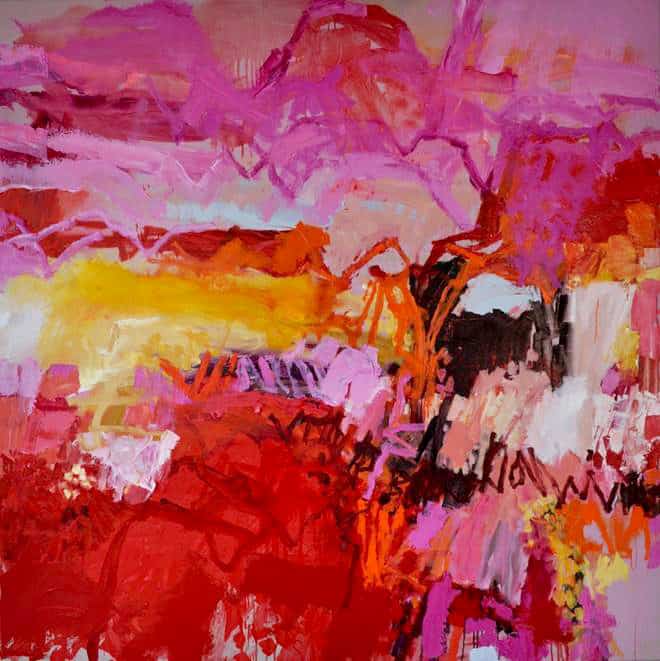
Earth Canvas
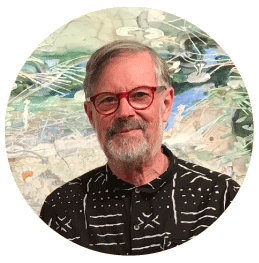
Like any set of ideas, like ideology too tightly held, like the language of painting and language itself, if not open, can close in on itself, can be constrained in ways that are not easily recognised. This does not mean jettisoning all, but recognising other possibilities. The root meaning of the word recognise, can be useful here, to re-cognise is (to see or know anew). In considering how we make our way in the world, Robert Macfarlane in contemplating the usefulness of maps and mapping, sees that maps also work at other levels. “We cannot navigate and place ourselves only with maps that make the landscape dream -prof, impervious to the imagination. Such maps-and the road map is first among them- encourage the elimination of wonder from our world. And once wonder has been chased from our thinking about the land we are lost”. This program ‘Earth and Canvas’ in bringing artists and regenerative farmers together, is to see other ways of thinking and seeing, and together to recognise other possibilities which could not come about, unless in this type of joint venture. I could not think of a more important exercise when so much is at stake, our land is relying on this type of collective innovation.
Idris Murphy
Idris describes his work as
“Contemporary Landscape. My art is for other people to describe. Disassociate myself from renaissance or enlightened view of landscape.”

Letter of support for Earth Canvas
I am writing to express my support for the proposed project
Earth Canvas – Linking artists with Regenerative Farmers – Creating a better future.
The proposed project has the capacity to provide opportunities for the artists, farmers, local and broader communities to work together to strengthen the understanding of the shared responsibility for the land we inhabit and use.
Much of my visual art practice is concerned with the careful consideration and observation of places within the rural and urban landscapes. I am a firm believer in the importance of the natural world in peoples’ lives and the increasing alienation form nature in urban environments.
I look forward to the opportunity to work with a Regenerative farmer to understand their philosophy and practice and find a way in which to successfully interpret this through visual artwork.
Rosalind Atkins


A letter of support for Earth Canvas, by Jenny Bell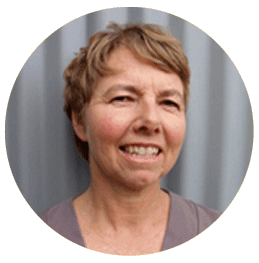
Farmers and artists often seem to be seen, if not in opposition to each other – world’s apart – the practical contrasted with the dreamers – the hands on with the distant vista. One dealing with real world hardships the other imaginary ones.
But a farm needs a dreamer and an artist their share of practical skills.
The Earth Canvas project offers a rare chance for these worlds to engage – allowing us to observe and learn from the very different ways we tap into nature’s life force, the root of both our endeavours.
About Jenny
When talking about her work Jenny Bell quoted Constantin Brancusi the Romanian sculptor – “Simplicity is complexity resolved”, and she explained that this insight from the great sculptor reminds us that simple does not mean easy. It means that the extraction of the essential meaning or most important aspects of something requires deep concentration, experience and discernment.
As artists we are inclined by disposition, I think, to want to recreate the world so I’m sure everyone of us is on board with the transformative power of regenerative agriculture. I am the only artist with one foot on the farm and one on the canvas so I have lived the parallels involved in regenerative farming practices and the art making process. These farmers are stepping back from past practices, questioning received information and pressures and creatively reinventing their lives and farms in the process.The farm as canvas.
My work has revolved around the farm I have lived on for almost 30 years -working in charcoal, oil paint and a range of mixed media.
To work with innovative farmers in a new district amidst a group of artists is a plunge into the unknown. I look forward to the unleashing of the creative energy from these two worlds.

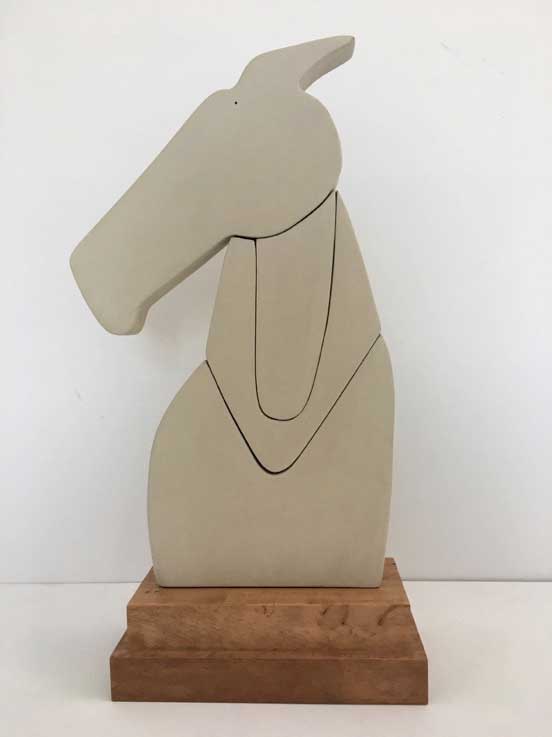
Jenny Bell opening address Woolwise
‘Agriculture can save the World’ was the topic given to me for my opening address and my time limit was about about 5 minutes – so I’ll do my best.
I’ll start by saying that I think the question being posed was really this – can agriculture save mankind? Because the world has and would again survive without us.
We live in a world so technically advanced that our grandparents could barely imagine what our children take for granted. But we must remember that our scientific knowledge and mechanized industry rest, not just on mineral extraction and human ingenuity – but on agriculture. Since the industrial revolution we have ever more efficiently and mechanically produced the food and fibre that sustain us and this has allowed our world to become ever more specialized and technically inventive but we would do well to remember as we scroll on our iphones , the words of holistic educator Bruce Ward : “All life on earth depends on a few millimetres of soil and the fact that it rains “
And I think it is here that the topic proposed takes shape.
Was I being asked – have we reached a point in our development as a species where we are in danger of forgetting , or at the very least neglecting the biological principles that underpin all of our wealth? Are we filling our bank accounts at the expense of our natural capital ?
Many of you will have either read or heard of Charles Massy’s book Call of the Reed Warbler where he poses just this question and explains the pitfalls of a mechanical mind trapped in patterns and practices that nature is signalling may need an urgent rethink . He proposes that regenerative agriculture – not just sustainable – but an agriculture that regenerates our organic capital does offer a path to heal many of the world’s ills.
With my allocated 5 minutes I won’t elaborate but suggest you read the book.
And now to the woollen products from the women who have created enterprises from the ground up on their own farms. I know these women pretty well and I doubt they consider themselves revolutionaries – but I think in a world awash with cheap disposable goods they just might be !
When the British Empire controlled 85 percent of the territories of the world. Gandhi took a spinning wheel and started to spin cloth. He said the empire is based on textiles and we will only be free when we start making our own clothing again. He said the spinning wheel is not primitive compared to a factory in Manchester — the spinning wheel brings you liberation.
And when I think of these women spinning all manner of things from their black sheep, seeking out the skills of expert knitters in our community and creating elegant,enduring woollen products and their determination to get our school kids into woollen garments – I see something of Gandhi’s principle at play.
We may well be able to purchase a jumper ,a baby blanket and even an oven mit in Target for far less than we can here today – but at what cost?
I think it is time we started to think about that.
I am not proposing that we shut the door on the global economy and retreat to a life of self sufficency – what I am saying is that wealth is not just a monetary calculation . As Jane Gleeson -White points out if our only measure is a monetary one a tree is worth more dead than alive – felled for timber – our GDP takes no account of the shade, the shelter, the homes for animals, the transformation of carbon dioxide to oxygen, the bolstering of soil and the filtering of water –- none of this is factored
into the mantra of economic growth and yet each of us know we are immeasurably enriched by the presence of trees in our lives .
As the physicist and activist Vandana Shiva has said “you can’t change the minds of government who think this is the way to go .You begin with your back yard .You begin with the pot on your balcony”.
I see everywhere reasons for optimism and it thrills me to stand here today in the this gallery with enterprising,skillful ,imaginative people who have created objects of such varied delight from their own backyards.
Jenny Bell
June 2019
About Tony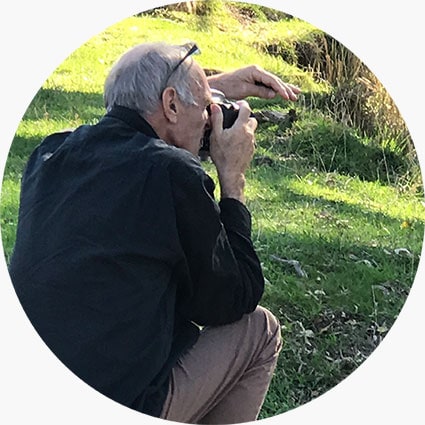
A photographer and art educator for over 40 years, a former CSU senior lecturer and local farmer, Tony has mastered the ancient technique of photographic printing called Cyanotype.
Using found objects from the landscape and the sun to develop images transforming these magical cyan-blue prints into art.
About Janet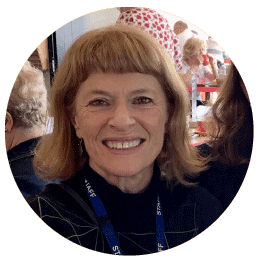
Janet Laurence’s practice has encompassed small objects through to vast installations. Increasingly, in recent years, she has worked beyond the museum’s walls to transform public sites through her immersive installations and environments using evocative natural materials such as ash, minerals and oxides, living plant matter, corals, taxidermy birds, and more. Researching historical collections and drawing on the rich holdings of natural history museums, her practice has, over time, brought together various conceptual threads, from an exploration of threatened creatures and environments to notions of healing and physical, as well as cultural, restoration.
Laurence has exhibited in both Australian and international contexts, including solo exhibitions Matter of the Masters, Art Gallery of New South Wales, Sydney (2017); Inside the flower, IGA Berlin, Berlin (2017); Deep Breathing: Resuscitation for the Reef, Australian Museum, Sydney (2016); Anthropocene, Fine Arts Society Contemporary, London (2015); Momentum, Kuntsquartier Bethanien, Berlin (2015); Plants Eye View, Cat Street Gallery, Hong Kong (2013); After Eden, Sherman Contemporary Art Foundation, Sydney (2012); Memory of Nature, Glasshouse Regional Gallery, Port Macquarie, New South Wales (2011); Ferment, Faculty of Art & Design Gallery, Monash University, Melbourne (2002).
Group exhibitions include Transplant, MOMENTUM, Berlin (2017); A Medicinal Maze, Novartis Campus: Sculpture and Medicinal Garden, Sydney (2016); Troubled Waters, UNSW Galleries, UNSW Art & Design, University of New South Wales, Sydney (2016); ASO (Art Speaks Out), ArtCop21, Paris (2015); What Marcel Duchamp Taught Me, FAS Contemporary, London (2014); Australia: Contemporary Voices, FAS Contemporary, London (2013); Negotiating this World, National Gallery of Victoria, Melbourne (2012); Hong Kong International Art Fair, Artist Project (Resuscitation: Garden for an Ailing Planet), Cat Street Gallery, Hong Kong (2011); The Beauty of Distance – Songs of Survival in a Precarious Age, 17th Biennale of Sydney, Royal Botanic Gardens, Sydney (2010); Clemenger Contemporary Art Award, The Ian Potter Centre: National Gallery of Victoria Australia, Melbourne (2009).
Laurence’s works are held in a number of collections including Art Gallery of New South Wales, Sydney; Australian War Memorial, Canberra; Museum Kunstwerk, Eberdingen, Germany; National Gallery of Australia, Canberra; National Gallery of Victoria, Melbourne; Queensland Art Gallery | Gallery of Modern Art, Brisbane; Seibu Collection, Tokyo; World Bank Collection, Washington DC; University of New South Wales, Sydney; University of Western Australia, Perth.
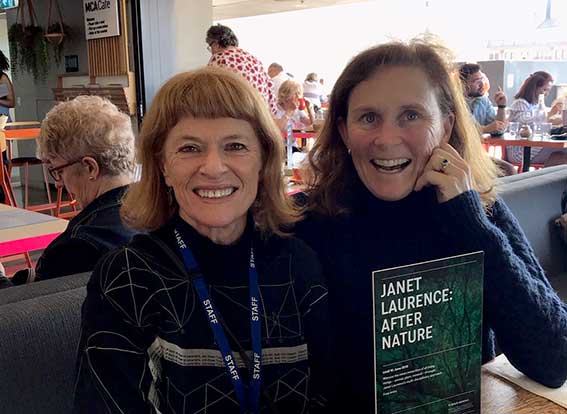
Janet Laurence artist and Farmer Rebecca Gorman from Yabtree West Gundagai.
They will be hosting the Open Day on November 23 2019.
